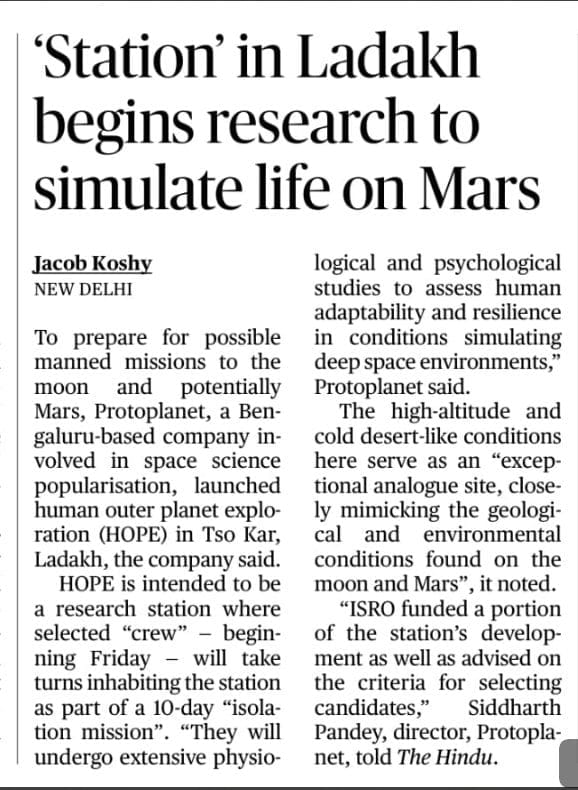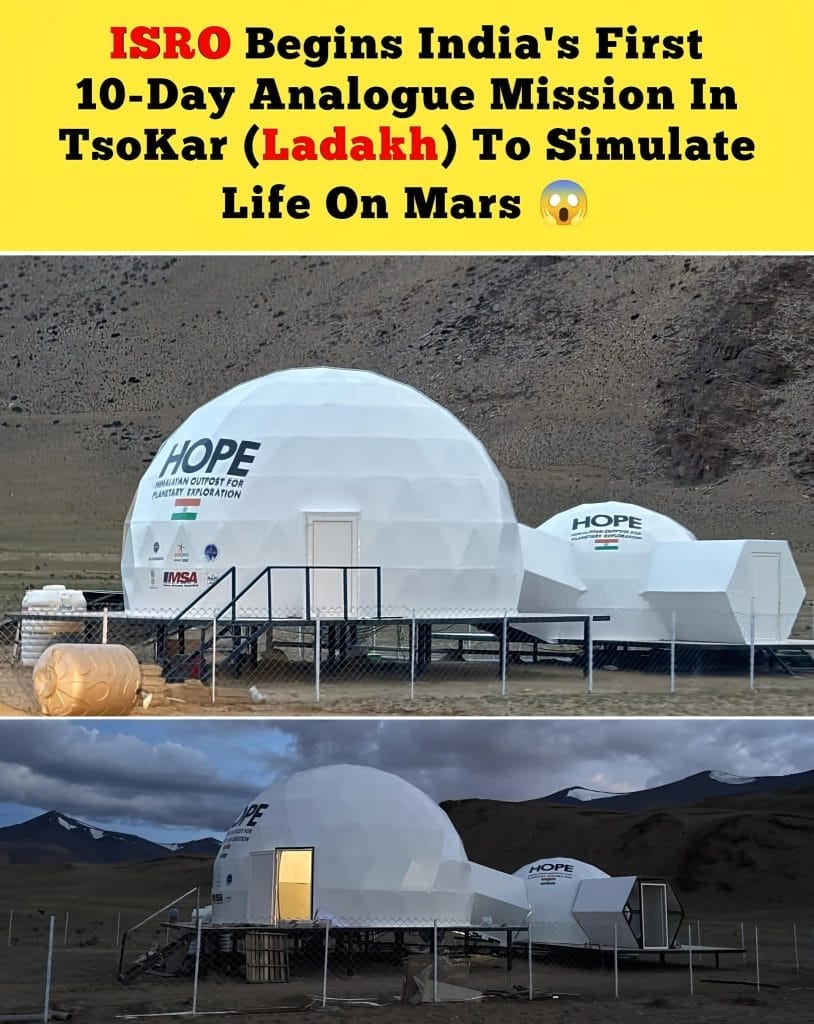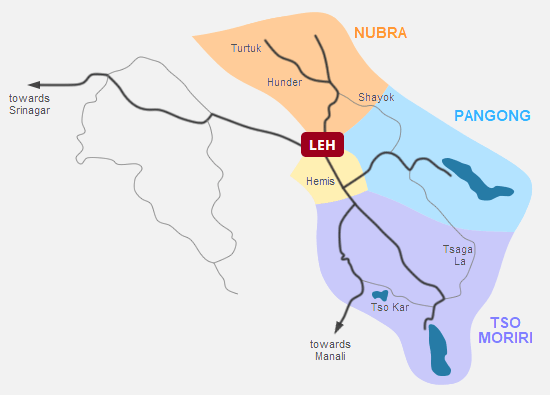General Studies Paper I in the UPSC Civil Services (Main) Examination is designed to test the candidate’s understanding of historical processes, socio-cultural development, societal dynamics, and the geography of India and the world. This paper demands both factual clarity and analytical ability.
Complete UPSC Syllabus for General Studies Paper I
As prescribed by UPSC:
General Studies Paper I:
- Indian culture will cover the salient aspects of Art Forms, Literature & Architecture from ancient to modern times.
- Modern Indian history from about the middle of the eighteenth century until the present– significant events, personalities, issues.
- The Freedom Struggle — its various stages and important contributors/contributions from different parts of the country.
- Post-independence consolidation and reorganization within the country.
- History of the world will include events from the 18th century such as the Industrial Revolution, world wars, redrawing of national boundaries, colonization, decolonization, political philosophies like communism, capitalism, socialism, etc.– their forms and effect on the society.
- Salient features of Indian Society, Diversity of India.
- Role of women and women’s organizations, population and associated issues, poverty and developmental issues, urbanization, their problems and remedies.
- Effects of globalization on Indian society.
- Social empowerment, communalism, regionalism & secularism.
- Salient features of world’s physical geography.
- Distribution of key natural resources across the world (including South Asia and the Indian subcontinent); factors responsible for the location of primary, secondary, and tertiary sector industries in various parts of the world (including India).
- Important Geophysical phenomena such as earthquakes, Tsunami, Volcanic activity, cyclone etc., geographical features and their location-changes in critical geographical features (including water bodies and ice-caps) and in flora and fauna and the effects of such changes.
Section-wise Breakdown and Explanation
1. Indian Culture: Art Forms, Literature, and Architecture
This segment covers India’s rich civilizational legacy in terms of:
- Classical art forms: Bharatanatyam, Kathakali, Odissi, Hindustani and Carnatic music traditions
- Folk arts and crafts: Warli painting, Madhubani, Pattachitra, tribal dances
- Literature: Contributions from Vedic, Pali-Prakrit, Tamil Sangam, Persian, and Bhakti-Sufi traditions
- Architecture: Evolution from Harappan to Indo-Islamic styles, temple architecture (Nagara, Dravida, Vesara), colonial and post-independence structures
A good understanding of regional diversity and historical continuity is essential.
2. Modern Indian History (Mid-18th Century Onwards)
Focus here is on:
- British expansion: Battles of Plassey, Buxar, subsidiary alliance, doctrine of lapse
- Economic policies: Deindustrialization, drain of wealth, zamindari and ryotwari systems
- Socio-religious reform movements: Raja Ram Mohan Roy, Dayanand Saraswati, Swami Vivekananda, Sir Syed Ahmad Khan
- Formation of Congress and political awakening: 1885 onwards, extremism vs. moderates, partition of Bengal, Home Rule movement
Critical analysis of colonial impact and Indian response is expected.
3. Freedom Struggle and Its Phases
This segment looks into:
- Gandhian movements: Champaran, Kheda, Non-Cooperation, Civil Disobedience, Quit India
- Revolutionary nationalism: Bhagat Singh, Chandrashekhar Azad, HSRA
- Role of press and education: Vernacular press, National education movement
- Subhas Chandra Bose and INA: Azad Hind Fauj, Provisional Government of Free India
- Regional struggles: Telangana, Tebhaga, Alluri Sitarama Raju’s tribal revolts
Answer writing should reflect a multi-dimensional understanding of events, actors, and outcomes.
4. Post-Independence India: Consolidation and Reorganization
Topics include:
- Integration of princely states: Role of Sardar Patel and VP Menon
- Linguistic reorganization: Dhar Commission, Fazl Ali Commission
- Nehruvian consensus: Planning, scientific temper, foreign policy
- Movements and conflicts: Naxalite movement, Green Revolution’s socio-political impact
- Emergency (1975–77) and subsequent political realignments
This section requires you to synthesize political, administrative, and social aspects post-1947.
5. World History: 18th to 20th Century
Key themes include:
- French Revolution and its ideological aftermath
- Industrial Revolution: Technological changes, factory system, labor conditions
- Unification of Germany and Italy
- World Wars I and II: Causes, consequences, major battles, treaties
- Cold War dynamics: Cuban missile crisis, Korean and Vietnam wars, USSR’s collapse
- Decolonization: Africa, Asia, Gandhi’s influence on global non-violence
- Rise of ideologies: Fascism, Nazism, Communism, Liberalism, and their global footprints
Use timelines, comparative analysis, and cause-effect frameworks in your answers.
6. Indian Society and Its Salient Features
Study of social fabric includes:
- Caste system: Hierarchy, reservation, caste in politics
- Family system: Joint vs. nuclear families, urban influences
- Religion and sects: Religious pluralism, interfaith issues
- Tribes and ethnic groups: Rights, displacement, integration policies
Sociological sensitivity and a balanced tone are important in writing answers here.
7. Issues Related to Women, Population, Poverty, and Urbanization
This broad segment includes:
- Women’s status: Representation, discrimination, female labor force participation
- Women’s organizations: SEWA, NFIW, NCW
- Population: Demographic trends, fertility, aging population, migration
- Poverty and unemployment: Multidimensional Poverty Index, disguised unemployment
- Urban challenges: Slums, congestion, solid waste, transport, planning policies
You may link these themes with schemes, commissions, and real-world data.
8. Globalization and Indian Society
Important areas include:
- Cultural impact: Westernization, consumerism, media influence
- Economic impact: Outsourcing, labor markets, inequality
- Technology: Rise of digital literacy, education and health access
- Migration and Diaspora: Remittances, cultural identity issues
Questions in this section often merge with ethics, polity, or governance.
9. Social Empowerment, Communalism, Regionalism, and Secularism
- Empowerment: Laws, schemes for SC/ST/OBC, women, disabled, LGBTQ+
- Communalism: Historical causes, major events, legislative safeguards
- Regionalism: Identity politics, regional disparities, demand for statehood
- Secularism: Indian vs. Western model, constitutional provisions, recent debates
A nuanced understanding with current examples is key.
10. World’s Physical Geography
Topics to be covered:
- Landforms and processes: Plate tectonics, erosion, volcanoes
- Climate and weather: Winds, monsoons, El Niño, cloud types
- Hydrology: Ocean currents, tides, marine ecosystems
- Soil and vegetation types: Soil profiles, biome classification
Use diagrams and real-life applications (like natural disasters) for better presentation.
11. Natural Resources and Industrial Location
Focus areas:
- Resource distribution: Coal, iron, bauxite, water, forest cover
- Sectoral industries: Agriculture belts, IT hubs, heavy industries, textile clusters
- Location factors: Raw materials, labor, transportation, government policy
- Map-based understanding: India and world resource locations
This section often connects with economic planning and environmental concerns.
12. Geophysical Phenomena and Environmental Change
Key elements:
- Disaster types: Earthquakes, tsunamis, volcanoes, cyclones
- Causes and effects: Plate movements, ocean heating, climate feedback loops
- Human-induced changes: Urbanization, deforestation, pollution, climate change
- Impact on biodiversity: Extinction threats, conservation hotspots, protected areas
Answers should reflect a scientific yet practical understanding of environmental risks.
Final Note
GS Paper I is a broad-spectrum paper where historical awareness must merge with sociological sensitivity and geographic precision. To excel in this paper, aspirants must focus on:
- Conceptual clarity over memorization
- Interlinking themes across disciplines
- Integrating maps, data, and diagrams where appropriate
- Keeping answers well-structured and substantiated with examples
UPSC does not seek encyclopedic knowledge—it values clarity, perspective, and insight.






